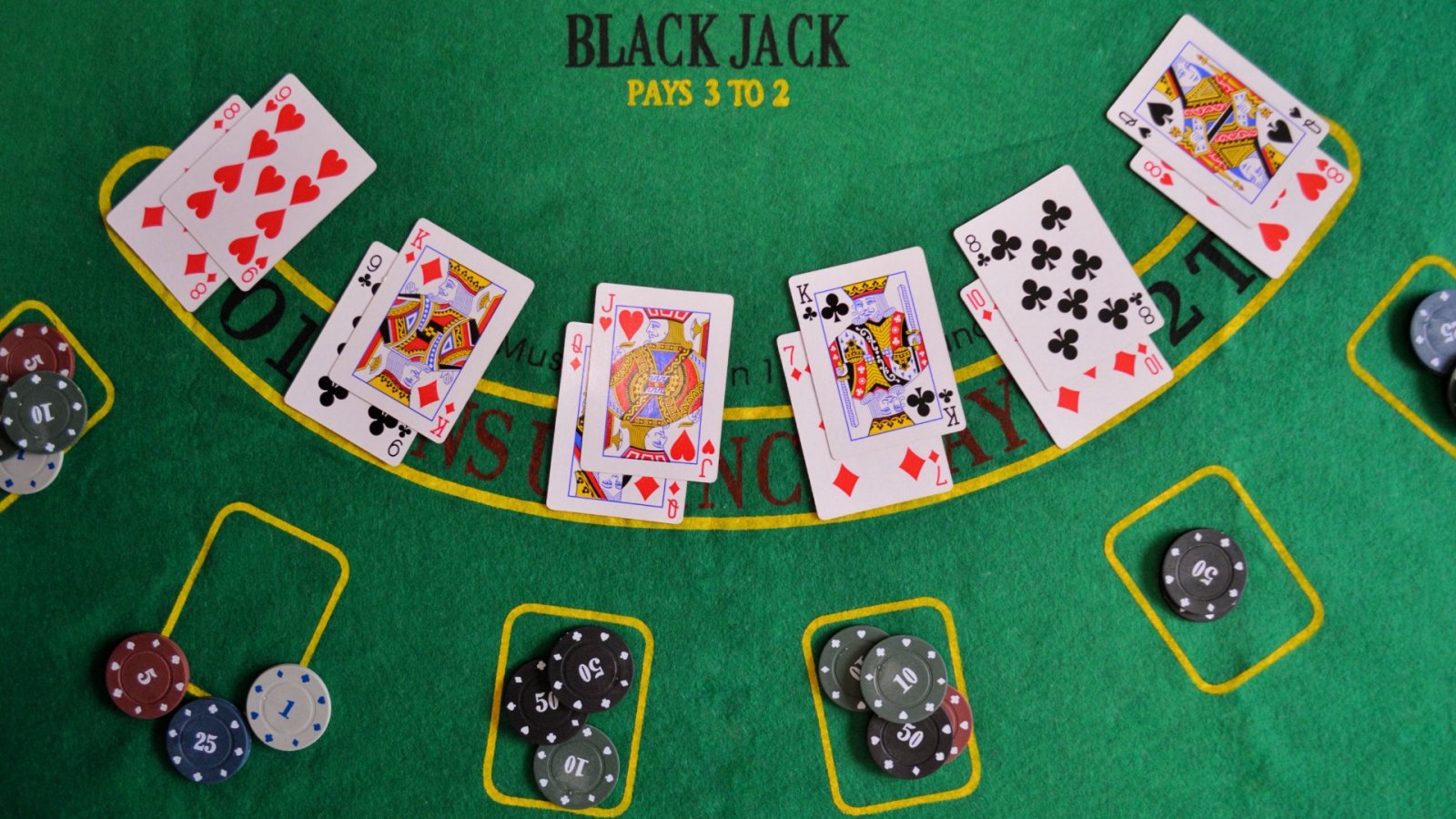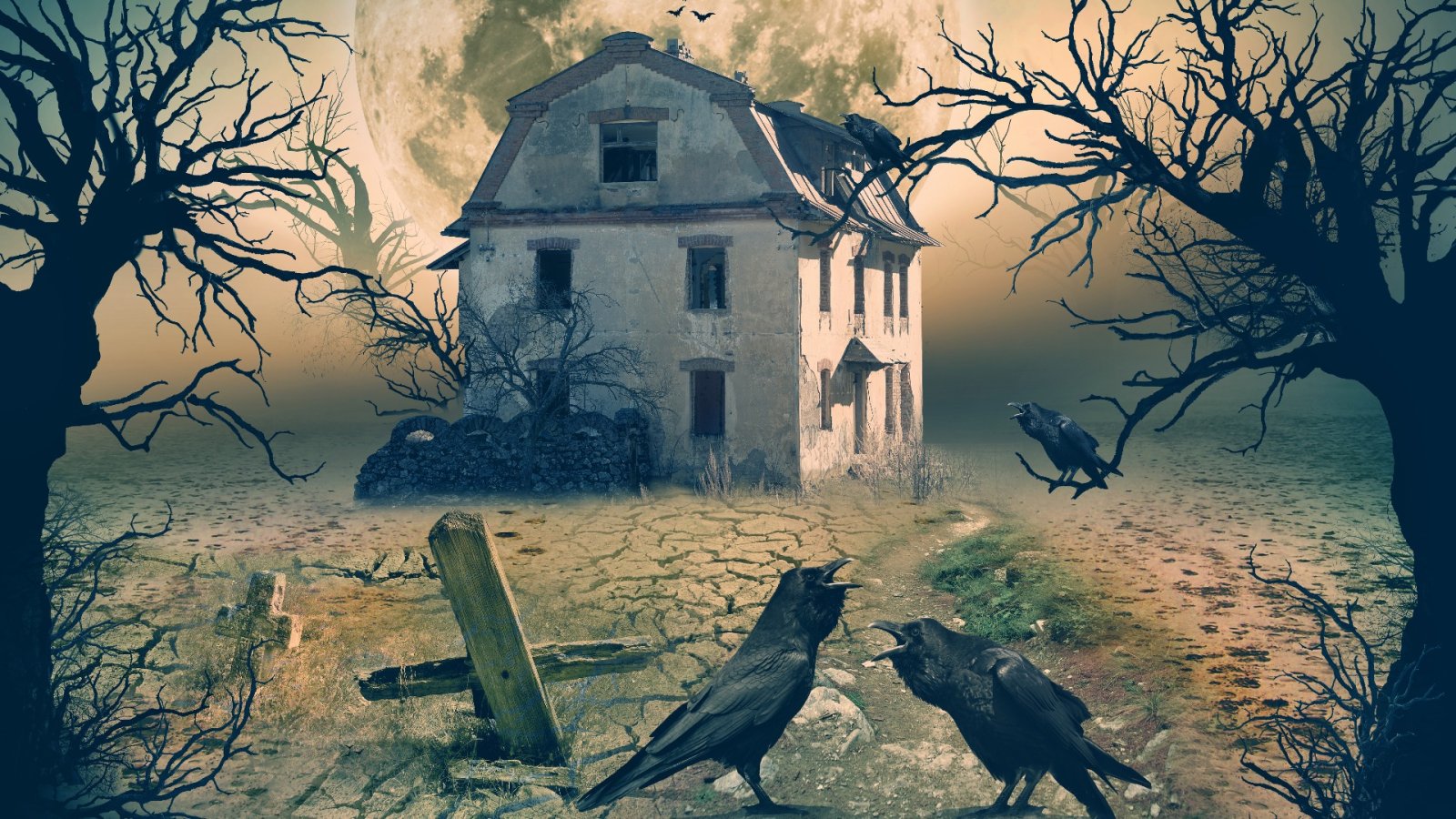Se sei un devoto ammiratore del lavoro di David Fincher nel genere del vero crimine, in particolare il suo eccezionale film Zodiac o la sottovalutata serie Netflix Mindhunter, allora questo potrebbe essere un momento promettente per te. Sebbene Fincher non stia tornando con nuovi contenuti (sebbene abbia un film in uscita chiamato The Killer), è emersa una produzione che è evidentemente influenzata da Zodiac: si chiama Boston Strangler, ed è in anteprima su Hulu. Come Zodiac, anche questa produzione è ispirata a una storia vera agghiacciante.
Boston Strangler, diretto da Matt Ruskin e prodotto da Ridley Scott, presenta Keira Knightley e Carrie Coon nei panni di due giornalisti che esaminano l'uccisione di diverse donne durante i primi anni '60. I personaggi interpretati da Knightley e Coon - Loretta McLaughlin e Jean Cole - sono basati su donne reali e anche le orribili morti che stanno ricercando sono autentiche.
Mentre guardi Boston Strangler, potresti trovarti curioso degli eventi reali che hanno ispirato il film. In effetti, potresti anche voler sapere in cosa ti stai cacciando prima di iniziare a guardare. Non preoccuparti però, ti abbiamo coperto. Continua a leggere per scoprire la vera storia dietro gli omicidi di Boston Strangler.
Gli omicidi di Boston Strangler avvennero tra il giugno 1962 e il gennaio 1964. Durante quel periodo, 13 donne nella grande area di Boston furono uccise, la maggior parte delle quali strangolate nelle proprie case. Molte delle vittime sono state anche aggredite sessualmente. Le 13 donne uccise sono:
-
Anna Elsa Šlesers, 56 anni
-
Maria Mullen, 85 anni
-
Nina Frances Nichols, 68 anni
-
Elena Elisabetta Blake, 65 anni
-
Ida Odi Irga, 74 anni
-
Jane Buckley Sullivan, 67 anni
-
Sophie Clarke, 20 anni
-
Patricia Jane Bullock Bissette, 22 anni
-
Mary Ann Brown, 69 anni
-
Beverly Samans, 26 anni
-
Marie Evelyn Corbin, 58 anni
-
Joann Marie Graff, 22 anni
-
Mary Anne Sullivan, 19 anni
Non c'era alcun segno di ingresso forzato sulle scene del crimine, il che ha portato gli investigatori a credere che l'assassino sia riuscito a entrare nelle case delle donne conoscendole o fingendosi qualcuno con un motivo legittimo per entrare, come un addetto alla manutenzione o alle consegne. .
I media hanno dato all'assassino diversi nomi, tra cui "Phantom Fiend", "Phantom Strangler" e "Mad Strangler of Boston". Tuttavia, nel 1962, i giornalisti Jean Cole e Loretta McLaughlin pubblicarono una storia in quattro parti sul Boston Record American, coniando ufficialmente il nome "Boston Strangler" per l'assassino.
Le autorità hanno confermato che Albert DeSalvo era davvero lo Strangolatore di Boston?
C'è ancora qualche controversia e incertezza sulla confessione di DeSalvo e se fosse responsabile di tutti gli omicidi di Boston Strangler. Sebbene abbia fornito una confessione dettagliata, non c'erano prove fisiche che lo collegassero ai crimini. Nel 2013, il test del DNA sulle prove di una delle scene del crimine non corrispondeva al DNA di DeSalvo. Tuttavia, alcuni esperti ritengono che DeSalvo possa essere stato responsabile di almeno alcuni degli omicidi, mentre altri suggeriscono che potrebbero esserci stati più assassini coinvolti nel caso Boston Strangler.






